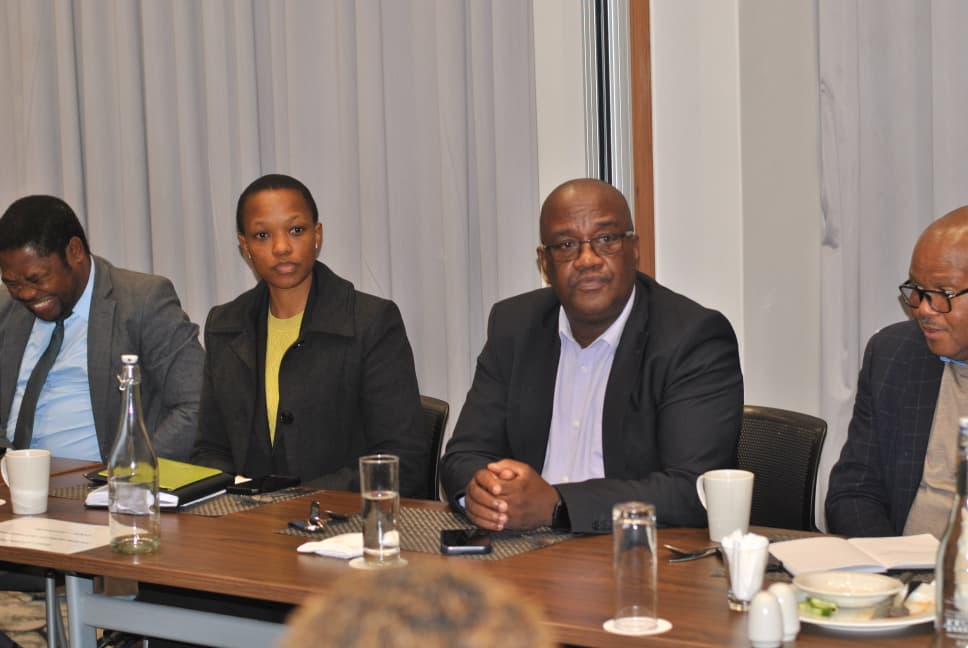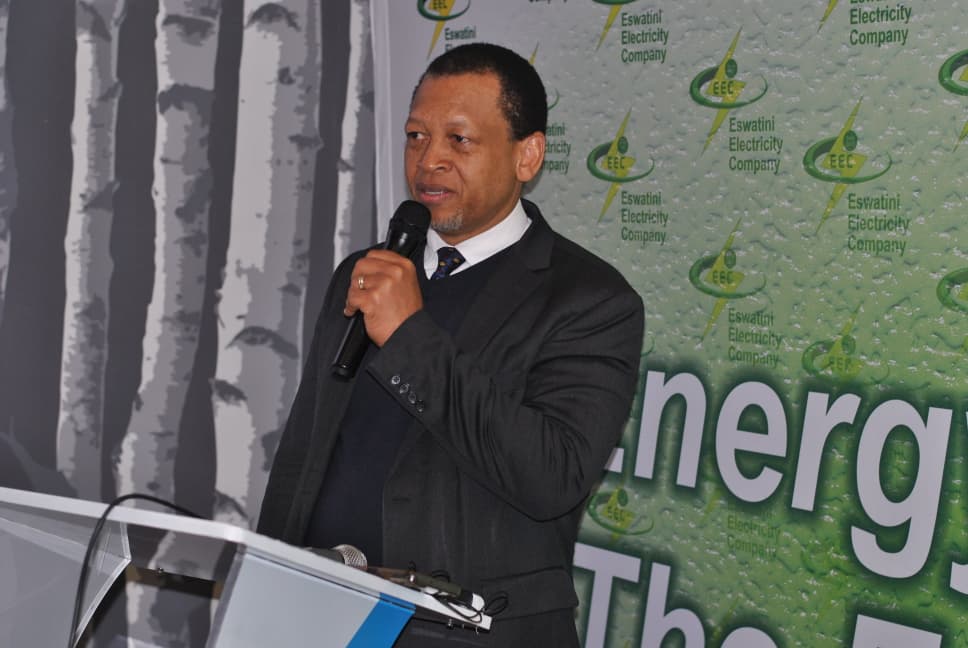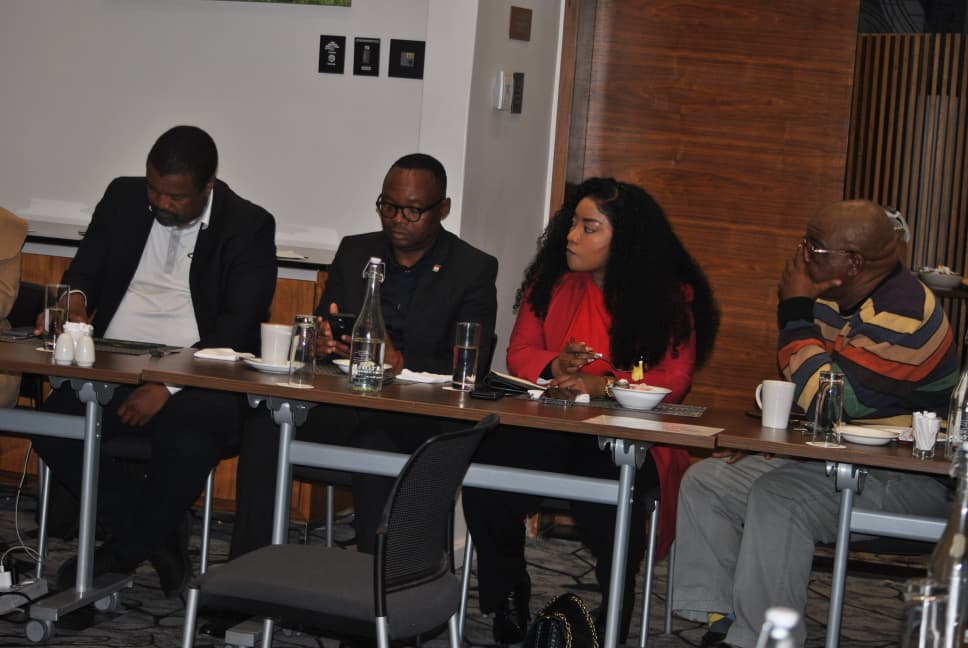
The Eswatini Electricity Company (EEC) spends over E200 million each month to buy electricity, mostly imported from neighboring countries, especially South Africa’s Eskom.
In a media stakeholder breakfast meeting held today, EEC Managing Director Ernest Mkhonta revealed the realities the utility faces, highlighting the need to balance ensuring a reliable power supply with managing increasing costs.
“Our goal is to be a key player in the local and regional electricity sectors. However, since local generation only covers about 30 percent of demand, we rely heavily on imported electricity,” Mkhonta explained.
Eswatini’s peak electricity demand is around 250 megawatts (MW), with about 60 MW generated from hydroelectric sources and an additional 10 MW from solar power. The remaining needs are met through imports, mainly from South Africa and Mozambique.

The expensive imported power significantly contributes to the EEC’s financial difficulties. Mkhonta disclosed that recent tariff increases by neighboring utilities, including a 38% hike by Mozambique’s EDM and a 13.2% increase by South Africa’s Eskom, have outstripped local tariff hikes.
This gap has severely cut into EEC’s operating margins, with the company projecting a loss of over E200 million this financial year.
He added that, unlike in previous years, EEC did not implement tariff increases during the COVID-19 pandemic, instead keeping tariffs stable to ease consumer burdens. However, this approach depleted the reserves.
“This is not just a local issue; the drought affecting Southern Africa has sharply reduced hydroelectric output at key regional power stations, forcing greater reliance on costly alternative sources,” Mkhonta said.
For example, hydro plants in Zimbabwe and Zambia are operating at only 5 to 20 percent capacity due to low rainfall, and Mozambique’s Cahora Bassa plant is producing at about half capacity.
These supply constraints have resulted in grid stresses during peak hours, increasing import tariffs, and heightening the risk of load shedding, especially between 6-8 a.m. and 5-8 p.m.
EEC faces the challenge of maintaining affordability, reliability, and sustainability. Despite tariff hikes, the utility is not recovering the full cost of power purchase from any customer category, with losses per customer ranging from E1 million to E5 million, depending on usage.
“We encourage more businesses to establish themselves here to boost revenue and employment, but until then, weare facing a funding gap,” he said.
Operationally, EEC manages a vast network of nearly 27,000 kilometers of distribution lines serving almost 300,000 customers. While domestic customers account for 97% of this base, large industrial users generate over 50% of revenue.

Regarding the company’s financial situation, Mkhonta painted a stark picture. “Even if we generate E3.05 billion in revenue, most of it—E2.9 billion—is spent on the cost of sales, which accounts for 97% of the top line,” he explained.
“Our administrative expenses have largely kept pace with inflation, but costs related to sales have been rising at double-digit rates, averaging around 20% per year.”
He explained that the cost of sales includes both electricity procurement and service delivery, with service costs tracking inflation.
“Most of our expenses are from buying the electricity that we sell to customers,” he continued. “Looking ahead, the future appears grim. We project negative cash flow, which means we will need to borrow to keep operating. We are simply not collecting enough revenue,” he noted.



